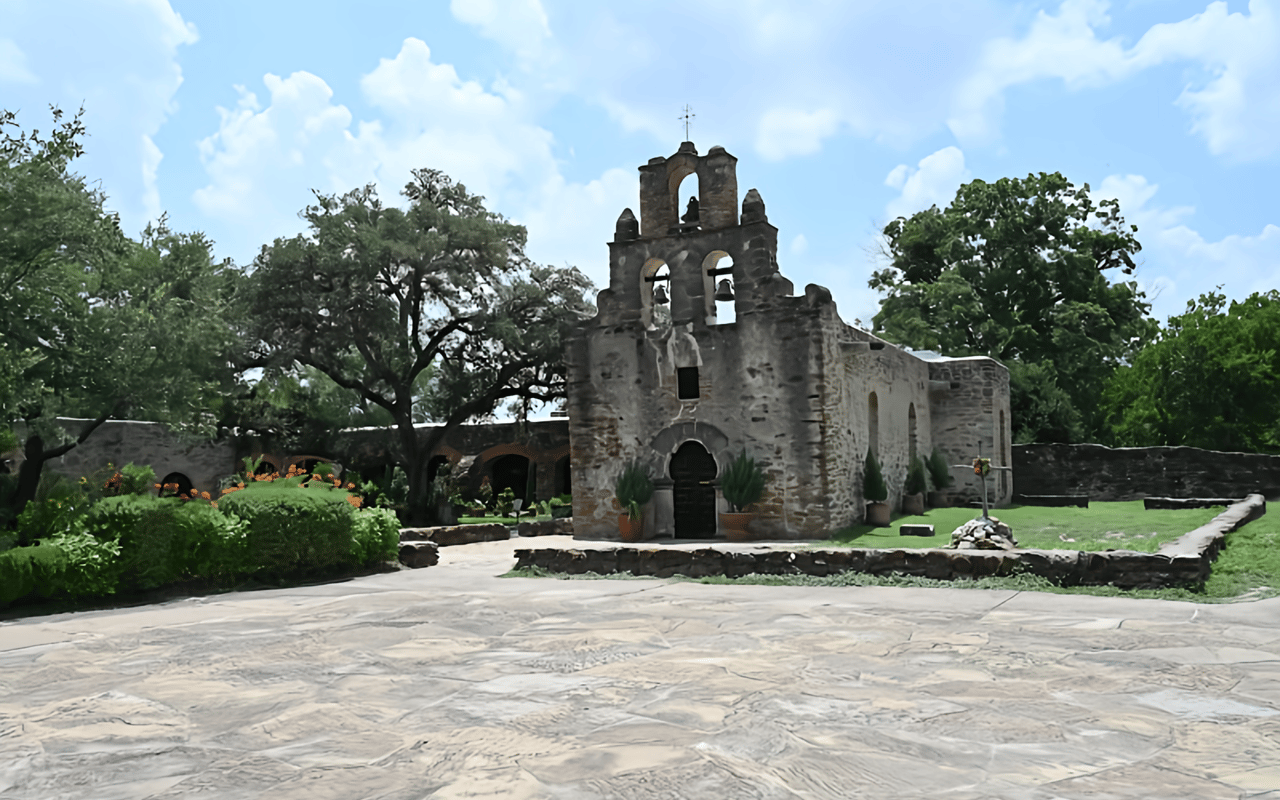San Antonio, Texas, holds a unique position in American history, deeply rooted in its Spanish colonial past and its pivotal role in the formation of Texas. Its architectural landscape reflects centuries of cultural influences, from indigenous settlements to Spanish missions, Mexican independence, and eventual American statehood. The city’s historic homes stand as enduring testaments to these transformations, each offering a window into a different era.
San Antonio has many architectural styles, including Spanish Colonial, Victorian, Greek Revival, and Craftsman. These structures are not merely old buildings; they are living narratives, preserving the stories of the people who shaped this distinctive city.
A Brief History of San Antonio
San Antonio's story began thousands of years ago with indigenous peoples, notably the Payaya Indians, who inhabited the area near the San Antonio River Valley, a place they called Yanaguana, meaning “refreshing waters.” Spanish explorers first encountered the river in the late 17th century, naming it San Antonio in honor of Saint Anthony of Padua. In 1718, the Spanish officially founded the "Villa de Bejar" with the establishment of Mission San Antonio de Valero (later known as the Alamo) and a presidio.
San Antonio quickly became the largest Spanish settlement in Texas and served as the capital of the Spanish (and later Mexican) province of Tejas. Its strategic location made it a crucial trading post and the northernmost extension of Hispanic culture from the Valley of Mexico. Following Mexico's independence in 1821, Anglo-American settlers began to arrive, leading to significant cultural and political shifts that ultimately culminated in the Texas Revolution and the city's incorporation into the United States.
The Steves Homestead House
The
Steves Homestead House, located in the historic King William District, offers a glimpse into the opulent lifestyle of wealthy San Antonio families in the late 19th century. While the museum recently closed, you can still get a good view from the street. Built in 1876 for lumber merchant Edward Steves, Sr., this three-story mansion is a prominent example of the Second Empire architectural style, unusual for Texas.
The homestead’s exterior features elaborate decorative iron cresting and an elegant front elevation. Inside, the home has been meticulously restored with period-appropriate furnishings and priceless antiques, reflecting the tastes of the 1870s. The property also includes restored stables, a washhouse, and a unique artesian-well-fed natatorium, showcasing the self-sufficiency and grandeur of such estates. The yellow picket fence along King William Street, made of long-lasting cypress wood, is original to the property, predating the house itself.
Spanish Governor's Palace
The
Spanish Governor's Palace, completed in 1749, is the last visible trace of the Presidio San Antonio de Béxar and the only remaining example in Texas of an 18th-century Spanish Colonial aristocratic townhouse. It originally served as the Commandancia, the residence and working office of the Captain of the Presidio.
This U-shaped, one-story stone structure is covered in stucco and surrounds a traditional Spanish patio and courtyard. The keystone above the front entrance proudly displays the coat-of-arms of Spanish King Ferdinand VI and the completion date of 1749. Later in its history, the palace became the home of the Spanish governors who resided in San Antonio, solidifying its place as a significant piece of the city's foundational history and a key landmark among San Antonio TX historic homes.
Casa Navarro State Historic Site
Casa Navarro State Historic Site commemorates the life and legacy of José Antonio Navarro, a prominent rancher and merchant who was one of only two native-born Texans to sign the Texas Declaration of Independence. His original home complex, built between 1832 and 1855, is a rare example of adobe and caliche-block architecture.
The site comprises a one-story limestone house, a two-story square store and office building with bold quoins, and a detached adobe kitchen, typical of early Texas architecture with front and rear porches. Located in what was once the thriving Tejano neighborhood of Laredito, Casa Navarro was meticulously acquired and restored by the San Antonio Conservation Society.
Maverick Carter House
The
Maverick Carter House, commissioned by real estate developer William Maverick and built by renowned architect Alfred Giles in 1893, is a three-story limestone home showcasing a blend of Victorian and Italianate architectural influences. In 1914, attorney H.C. Carter acquired the residence, lending his name to its later history.
Listed on the National Register of Historic Places and recorded as a Texas Historic Landmark, the Maverick Carter House is recognized as an architectural and cultural gem. Its design reflects the late 19th-century preference for grand, stately homes. The ongoing preservation of this residence provides a significant example of San Antonio's architectural heritage from the turn of the century.
Yturri-Edmunds House
The
Yturri-Edmunds House is one of the few remaining adobe-block houses in San Antonio, offering a unique glimpse into the city's early domestic architecture. Built between 1840 and 1860, this historic home was originally part of a land grant received by Manuel Yturri Castillo from the Mexican government in 1824.
The site, meticulously preserved by the Conservation Society of San Antonio, includes the adobe house and associated structures, which showcase traditional building methods. It later belonged to local school teacher Ernestine Edmunds, whose family played a role in its preservation. The Yturri-Edmunds home provides a stark contrast to the grander Victorian mansions, illustrating San Antonio's diverse residential history and building practices.
King William Historic District
The
King William Historic District is recognized as Texas's first designated historic district. It was primarily built by prosperous German immigrants in the mid- to late-19th century. This area, once known as “Sauerkraut Bend,” showcases a stunning collection of grand mansions. It features an array of architectural styles, including Greek Revival, Italianate, Second Empire, and Romanesque Revival.
The district became the most fashionable neighborhood in San Antonio during its building boom. Homes feature thick masonry walls, ornate facades, and detailed craftsmanship that speak to the prosperity of their original owners. Preservation efforts have maintained the integrity of this elegant neighborhood, providing a cohesive architectural experience for visitors and residents exploring San Antonio TX historic homes.
La Villita Historic Arts Village
La Villita, meaning "little village," is San Antonio’s oldest surviving residential neighborhood. It is located just south of the Alamo on the banks of the San Antonio River. Its history stretches back to the 18th century, when it was a Native American village and later a settlement for Spanish soldiers and Canary Islanders.
The dwellings in La Villita primarily consist of simple masonry structures, with earlier Mexican-period houses built of stucco-covered brick or caliche block. Later examples display Victorian characteristics, reflecting the influx of German, Swiss, and French settlers in the mid-19th century. After falling into disrepair, it was extensively restored in the late 1930s. It now functions as a vibrant arts village, with many historic buildings converted into galleries, shops, and restaurants, preserving their original forms.
Discover More with Missy Stagers
April's
real estate insights have been enlightening, offering valuable tips and trends for buyers and sellers. Whether you want to understand the market better or need guidance on your next move, these blogs provide a wealth of information. For personalized advice and expert assistance in your real estate journey, contact
Missy Stagers.
Contact Missy Stagers today to make your real estate dreams a reality!




